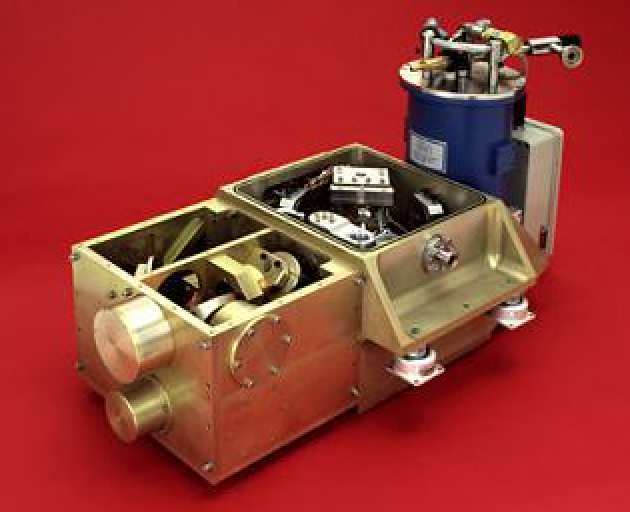Tropospheric Airborne Fourier Transform Spectrometer (TAFTS)

Instrument Summary
The Tropospheric Airborne Fourier Transform Spectrometer (TAFTS), designed and built at Imperial College London, was developed as a high spectral resolution Far IR interferometer for atmospheric radiance measurements from aircraft platforms. Operational from 1999 to 2019, TAFTS has provided the only currently available measurements of far-infrared spectra from an aircraft platform. Scientific highlights have included investigations into the fundamental spectroscopy of water vapour (Green et al., 2012, Fox et al., 2015), the radiative signatures of water vapour (Cox et al., 2007) and cirrus cloud (Cox et al., 2010, Bantges et al., 2019), and the first retrievals of water vapour profiles and surface emissivity employing far-infrared observations (Bellisario et al., 2017, Murray et al., 2020, Warwick et al., 2022).
Employing a Martin-Puplett interferometer design, TAFTS employed two detectors (SiSb and GeGa) to cover the spectral range 80-600 cm-1 in two spectral bands, from 80-300 cm-1 and 320-600 cm-1. The instrument had a nominal spectral resolution of 0.12 cm-1 and scan time of 2s but this could be adjusted dependent on application to enhance signal to noise (Canas et al., 1997).
Selected observations from TAFTS are available from the Centre for Environmental Data Archive (https://archive.ceda.ac.uk) or may be requested from the Imperial College team (contact: Helen Brindley). TAFTS participated in its last flight campaign in March 2019 and will be succeeded by the Universal Infrared Airborne Spectrometer.
Find out more (archived pages):